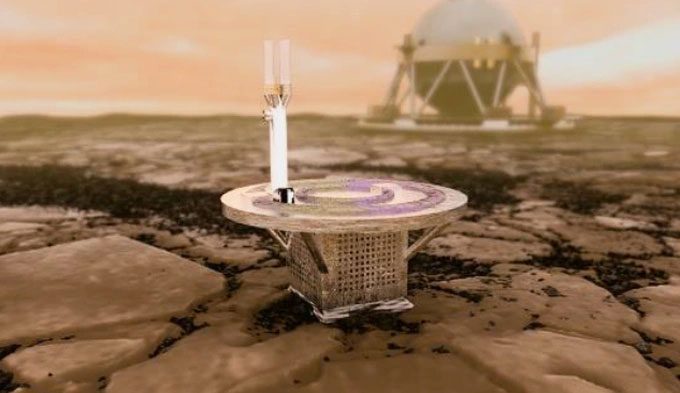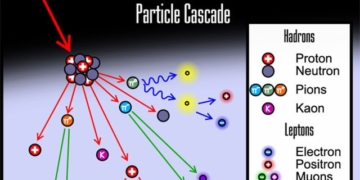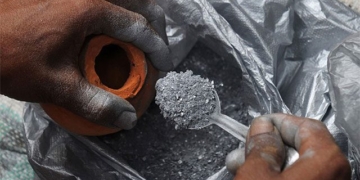NASA announces that this new battery could lay the groundwork for future exploration and landings on Venus.

Conquering Venus poses a challenge that humanity has yet to overcome, due to the planet’s extreme environment (Photo: NASA).
Batteries are the only solution to provide power for landers as they carry out missions in space, thereby helping us conquer and explore new territories.
However, the harsh environment on certain planets presents barriers that have prevented us from executing our missions.
For example, Venus has an average surface temperature of up to 455 degrees Celsius, which is hot enough to melt lead. Moreover, the chemical mixture that makes up its atmosphere, such as sulfuric acid, would corrode most metals.
If that weren’t challenging enough, the atmospheric pressure here would crush any object, equivalent to being 1,500 meters underwater.
This is why we have yet to conduct a successful mission to Venus, making a landing on this planet even more difficult.

A description of the design and operation of thermal batteries on Venus. (Photo: NASA).
Nevertheless, NASA is making significant strides in this journey. Recently, they collaborated with Advanced Thermal Batteries, a company specializing in battery research, to develop a battery that can operate at Venus’s temperatures for up to 120 days (Earth time).
This battery is based on short-duration thermal battery systems, designed to provide power for rockets, launch vehicles, and landers. It contains 17 separated cells and utilizes specially designed structural materials and chemicals.
Through this approach, the thermal battery can take advantage of the extreme atmospheric conditions on Venus to heat a special electrolyte that only functions at high temperatures. Additionally, it can maintain effective operation without the need for insulating materials.
NASA states that this new battery has demonstrated its capabilities at high temperatures for an unprecedented period, laying the foundation for future exploration and landings on Venus. It is expected that a complete prototype of this battery system will be unveiled in the next 18 months.




















































